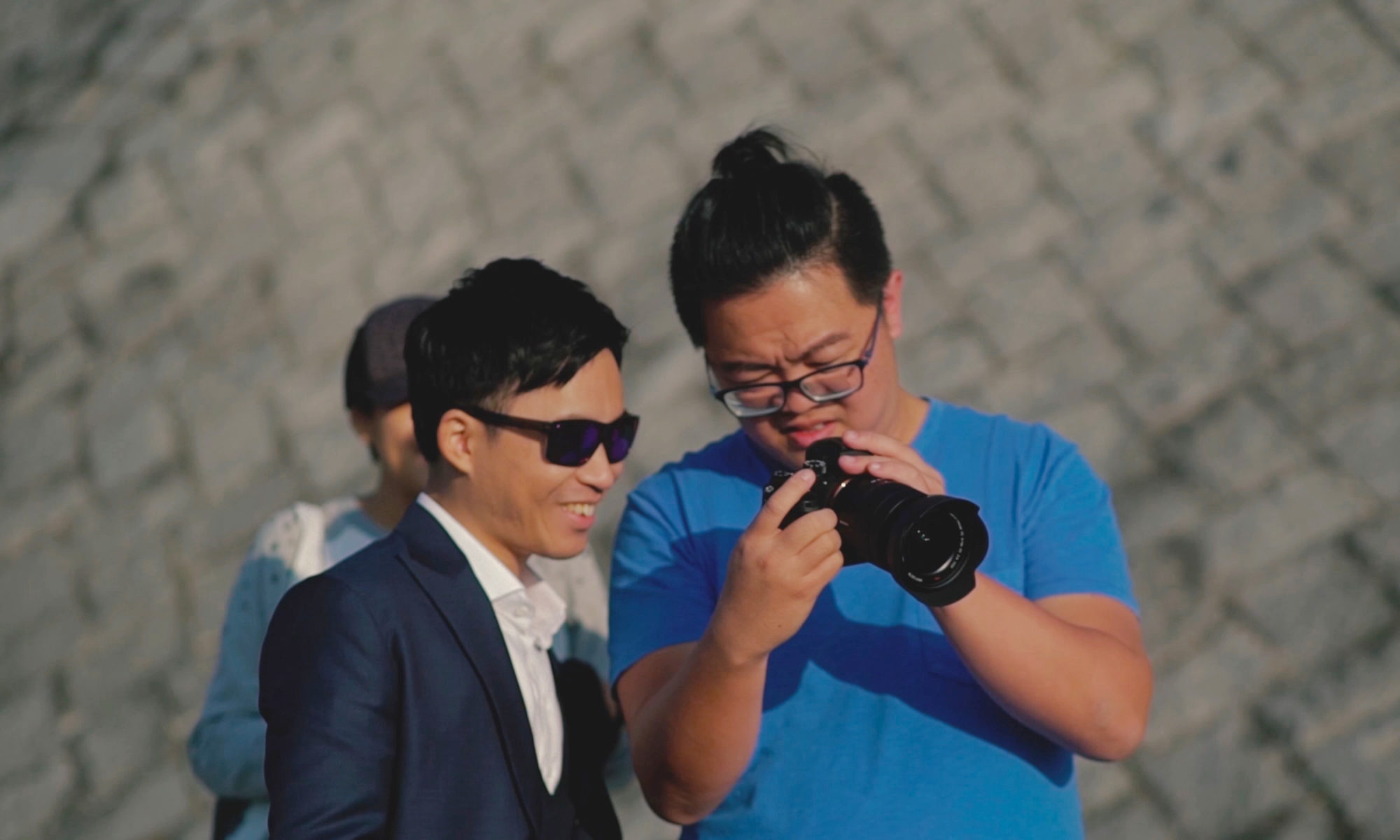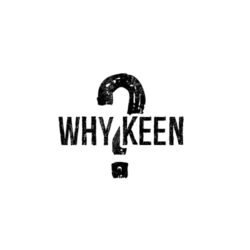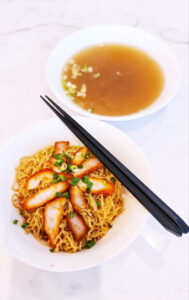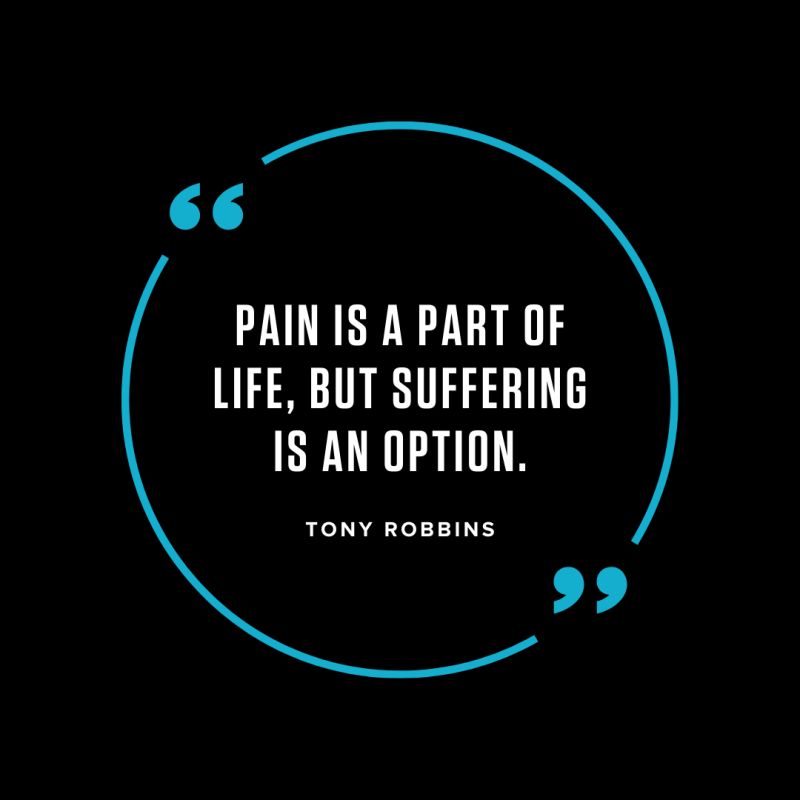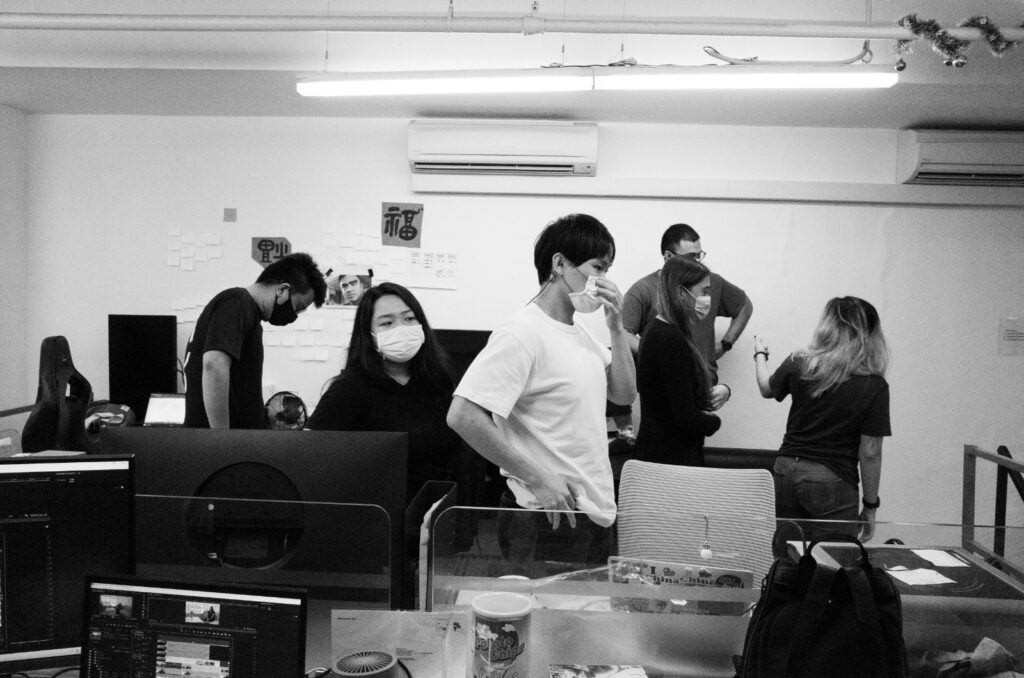In the bustle of city Singapore,
I sit in my corner, feeling forlorn,
History leaves a rustle long gone,
in place are places and people mourned.
Now the hustle never seems to cease,
A constant hum that never gives peace,
I hold still, on to beauty that passed,
on to joyful quiet it once brought last.
The world, the hustle, the life goes on,
still my heart remains in days long gone,
As I sit here in this busy city,
I hold on tight to my fading memories.
– Destination, by Why Keen

This poem was inspired by something I read on Facebook by Michael Han.

He was referencing an article he read, and this was what he wrote :-
What is the foundation of a good life, money? Enough of it to live a good life? In abundance of it to live an even better life? Or, maybe it’s just an insurance for a rainy day? Because perpetual poverty can crush souls and break up families.
Surely, you can be poor and be happy, but no harm being wealthy and happy, right? Better still, be rich, happy and surrounded by life-affirming relationship. Maybe you can’t have it all, but I trust if you have life-affirming relationships, you are always rich and happy. Definitions may vary, but contentment is its defining mark. It’s the common thread that runs thru it all.
Today’s article is however about loneliness. Yet, they are all connected. It’s titled “Old and lovely after a successful career, and even when living with family.” Curious?
Well, Mr Liu’s life is featured. He retired at 76. He “took great pride in providing a comfortable life for his wife and two sons. But he said life did not turn out the way he wanted.”
“His son was failing at work and his one relationship with his wife was strained. Unable to connect with his family members, Mr Liu became extremely lonely. He blames his younger self for prioritising work and not building a good relationship with his wife and children.”
I think it’s more complicated than what is described. The journey of a life allows for many u-turns and detours and ventures into our own dark woods. We are often lost for a purpose, even if we have not figure it all out yet.
I can’t comment much on Mr Liu’s life because he lived it in a way he knows best at the time where threats and opportunities avail themselves. He made his bed with those choices and he has to sleep on it. But having said that, one can still get a new bed, regardless of age; maybe not one so large and grand that it is often colder and quieter than it’s hoped to be.
Nevertheless, he has got a point for self-introspection when he blamed his younger self for prioritising work and not building a good relationship. I guess when we are young, we chase the wind and rush towards the shimmering mirage. It’s the thrill of the chase, ambition uncaged.
We thought we have it all covered. It’s all neatly planned out. We were so sure we were on track. We were also so busy in the sinking ditches, fighting for survival – before battling with our ego and pride – that we didn’t have the time to look up to the light of a better life when we retire.
Yet time waits for no man or woman. When we are old, we look back and mourn for lost time, for seasons that could have been spent less on chasing the wind and more on farming the land.
Alas, Aristotle once said: “The life of money-making is one undertaken under compulsion, and wealth is evidently not the good we are seeking; for it is merely useful and for the sake of something else.”
And the issue is, when you are in it, especially when you just started out, you can’t see clearly. It’s like being masked with narrow slits for eyes and you can only see but a slice of reality. We are very much like horses with blinders at both sides, only hearing the chanting of the crowd to finish first, to beat the rest.
The thrill of the chase, the rush and the climb is not always what we imagine it to be. When we arrive at the top, it may just be a place far lonelier than we can imagine. A place all the money in the world cannot console or reassure.
Going back to the article, the authors concluded with this: “Tackling loneliness is fundamentally a question about what makes our life worth living to ourselves and others, and whether we can create opportunities to build our own interests throughout our lives.”
But I believe these interests we build for ourselves have to be one that we readily share with others, keeping them in mind, and always deepening the connection as we journey along. That is what Aristotle means when he said that “wealth is evidently not the good we are seeking; for it is merely useful and for the sake of something else.”
This also include the acquisition of power and fame. For if they are not instrumental to something else, but an end in itself, we will always struggle to reconcile what has been with what is. It’s lonely at the top.
Let me end with the words of the late Professor David Foster Wallace. He described the Western modern culture as such: –
“Extraordinary wealth and comfort and personal freedom. The freedom to be lords of our tiny skull-sized kingdom, alone at the center of all creation. This kind of freedom has much to recommend it.”
“But of course there are all different kinds of freedom, and the kind that is most precious you will not hear much talked about in the great outside world of winning and achieving and displaying.”
“The really important kind of freedom involves attention, and awareness, and discipline, and effort, and being able truly to care about other people and to sacrifice for them, over and over, in myriad petty little unsexy ways, every day.”
Read that again. Let it sink in. You may just find your point of infection in your currently planned trajectory of life, whichever season you are in. Cheers.
Reference :- Original post by Michael Han on Facebook
